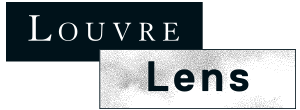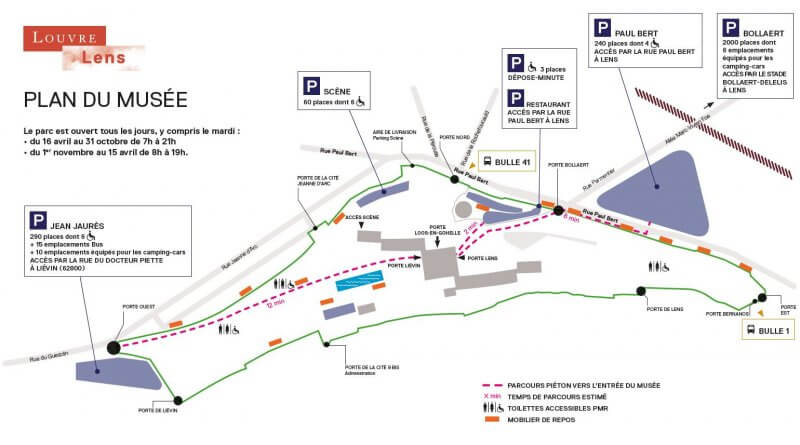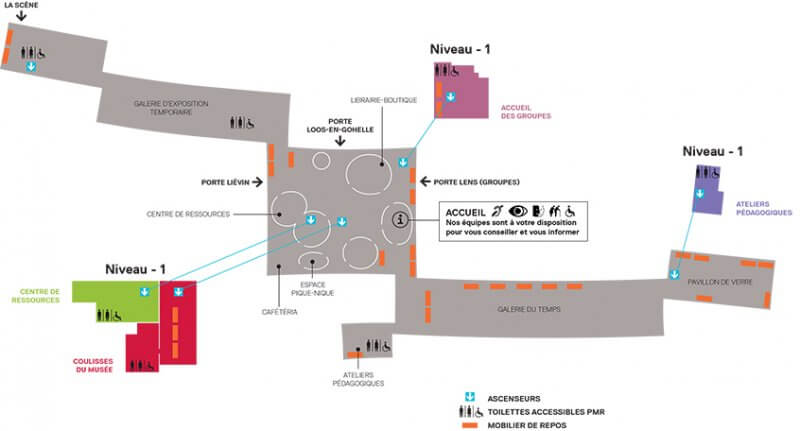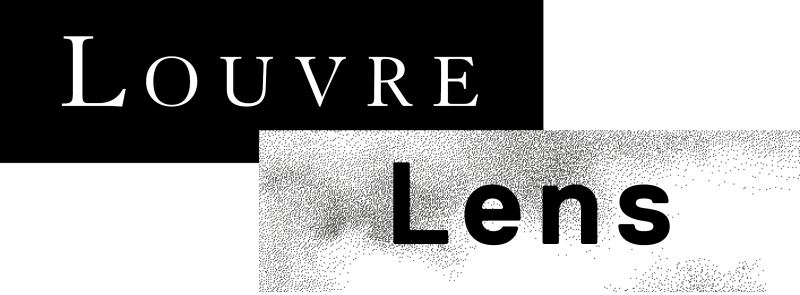This website uses cookies so that we can provide you with the best user experience possible. Cookie information is stored in your browser and performs functions such as recognising you when you return to our website and helping our team to understand which sections of the website you find most interesting and useful.
Accessibility
The Louvre-Lens responds to the universal dimension of the Louvre’s collections with the need for maximum accessibility.
Conceived with the aim of welcoming everyone without discrimination, the museum was designed to give everyone equal access to its works of art and services.
The Louvre-Lens recognises the cultural rights of all and the uniqueness of each visitor. The museum, through its design and services, guarantees and champions the expression of each person’s freedom and autonomy.
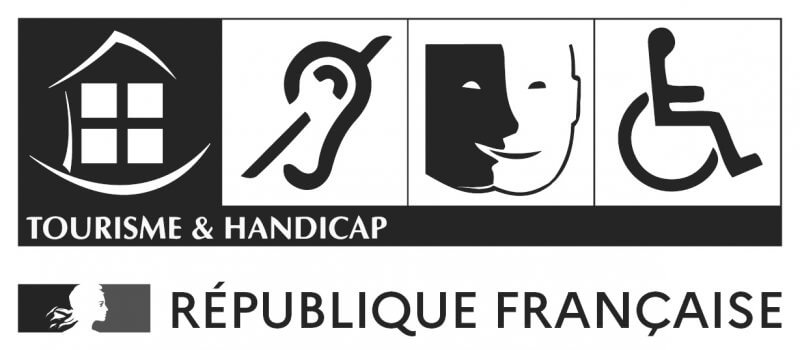
The Louvre-Lens, which has had Tourisme & Handicap certification for five years, has become both an actor and ambassador when it comes to catering for disabled people.
With the support of the Communauté d’Agglomération de Liens-Liévin and Autour du Louvre-Lens, the Louvre-Lens has joined the Picto Acess community and reinforces its commitment to a more inclusive world that is accessible to all and by all.
The exhibition spaces are all located on a single level, enabling the disabled and people with pushchairs to move around freely without getting tired. At the entrance, a tactile line guides partially sighted and blind visitors. Tactile 3D braille maps are placed at the main entrances to the park and the museum for the use of everyone. Throughout the museum, the counters, cash machines and toilets are accessible to wheelchair-users.
The design of the displays in the exhibition spaces is also dictated by a desire for accessibility. The principle is a simple one: the Louvre-Lens caters for a diversity of visitors and does not reduce people to a single profile type. So all of the paintings, sculptures and objects, for example, are displayed at eye-level, including for wheelchair-users and children.
Universal access is complemented by dedicated facilities, including special parking spaces for the disabled close to the museum, loan of wheelchairs and loan of folding stools for people prone to tiredness.
The Louvre and the Louvre-Lens have drawn up a guide to popularisation. It ensures that all content is legible and immediately comprehensible for every person reading it. For example, beginning with its title, a work of art is described using simple terms: a general term (‘vase’) is preferred to a scientific one, which is given in parentheses (‘krater’); the story behind the object is explained clearly and in detail (‘Jupiter’ is defined as the ‘king of the Roman gods’).
Personal contact is central to this approach: every day, staff are on hand to assist each visitor in their discovery of the museum. In this personal approach, visitors are guided towards finding the answers to the questions they have.
Complementary, specially adapted aids are created to meet specific needs: multimedia guides offer a large amount of material in sign language and through audio description; a leaflet in braille enables the blind to touch around ten works that are reproduced tactilely (leaflet available on request from our visitor services staff).
Disabled people are strongly advised to use the car park for people with reduced mobility at the drop-off area (accessed from the rue Paul Bert in Lens).
If the visitor does not have a badge entitling him or her to park in a reduced-mobility space, they can also disembark at the drop-off point.
It is possible to arrange for help from a staff member.
Contact:
Isabelle Dupont
Head of visitor services and accessibility
03 21 18 62 52
Access to the museum from other car parks is much longer for people with reduced mobility (see the simplified plan below).
The public register of accessibility sets out the measures taken to ensure that everyone, and in particular people with disabilities, whatever their disability, can enjoy the services for which the establishment concerned is intended. In order that as many people as possible can consult it, we offer a simplified version of it.
Download the simplified version (French only)
